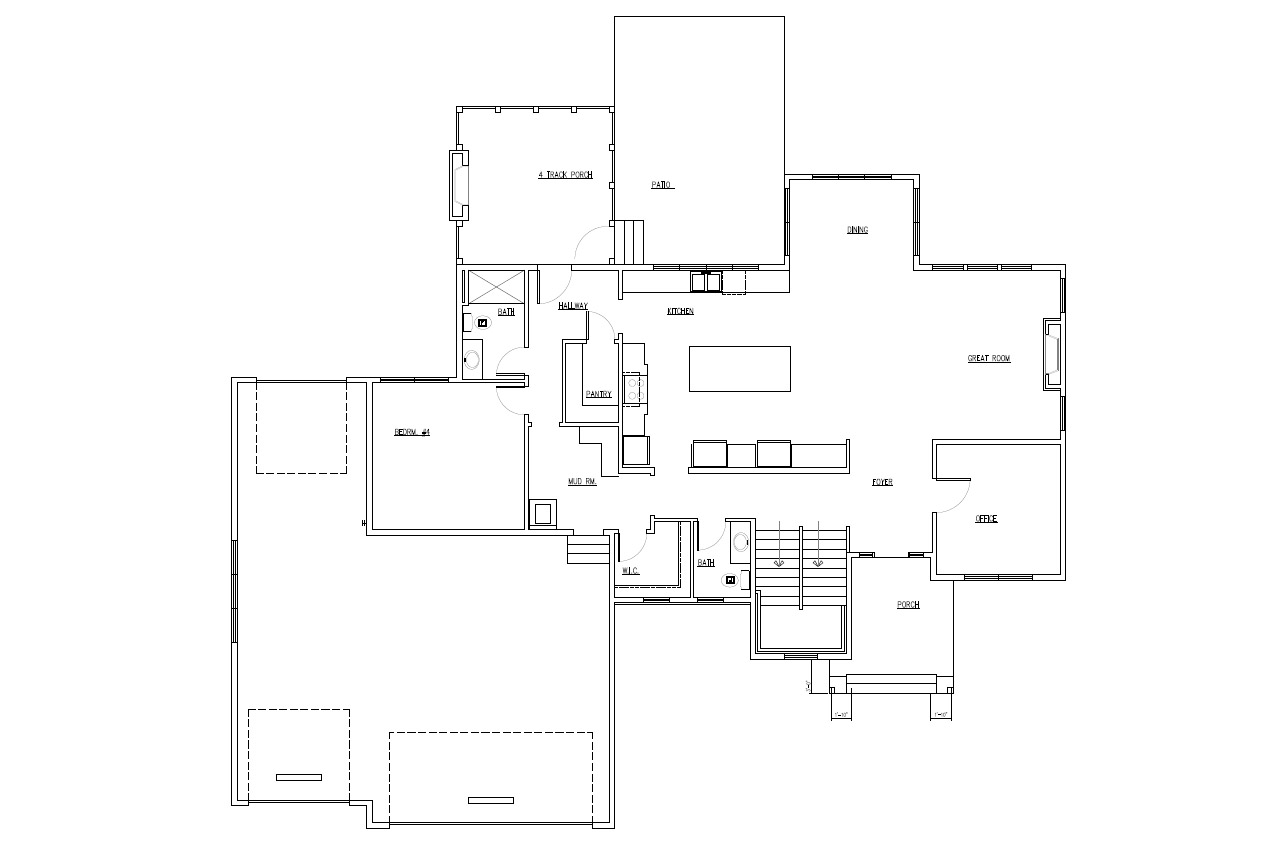Home Plans / Home Designers / Special Needs Sensory Room
How to Create a Sensory Room in your home for A Special Needs Loved One
A sensory room is a specially designed space that can help people with autism, sensory processing disorder, or other special needs to calm down, focus, and regulate their emotions. Sensory rooms can be found in schools, hospitals, and other institutions, but now are also being added in homes.
There is no one-size-fits-all design for sensory rooms, as the needs of each individual will vary. However, there are some general principles that can be followed when designing a sensory room.
First, it is important to create a sensory space that is calm and relaxing. This can be done by using soft colors, low lighting, and calming music. It is also important to avoid any strong smells or bright lights, as these can be overwhelming for some people.

Second, sensory rooms should be equipped with a variety of sensory-stimulating objects. This could include things like swings, beanbags, water features, and light toys. These objects can help people to regulate their emotions and feel more comfortable in their sensory rooms.
Third, sensory rooms should be safe and secure spaces. This means that it should be free from hazards and that people should be able to move around freely without bumping into anything. It is also important to make sure that the room is well-ventilated and that the temperature is comfortable.
Finally, it is important to make sure that the sensory rooms are accessible to everyone. This means that it should be wheelchair accessible and that there should be enough space for people to move around. It is also important to make sure that the room is quiet enough for people to focus.
Creating a sensory room in your home can be a great way to help your child or loved one with special needs. By following these simple principles, you can create a space that is calm, relaxing, and stimulating.
Here are some additional tips for designing a sensory room:
- Consider the person’s individual needs and preferences for sensory integration. What sensory experiences do they find calming and soothing? What experiences do they find overwhelming?
- Use a variety of materials and textures. This will help to create sensory stimulation and an interesting environment.
- Make sure the space is well-lit, but not too bright. Overhead lighting can be overwhelming for some people, so consider using lamps or other sources of indirect lighting.
- Add some natural elements to the space. This could include plants, flowers, or a water feature.
- Make sure the space is comfortable and inviting. This means choosing furniture and décor that is soft and inviting.
- Allow the person to have some control over the space. This could mean letting them choose the colors, the furniture, or the toys.
By following these tips, you can create a sensory room that is both calming and stimulating. This can be a valuable tool for helping your child or loved one with special needs feel more comfortable and relaxed.
Here are some additional tips for designing a sensory room in a new home or remodeling an existing space:
- Consider the flooring. The flooring in the sensory room should be soft and comfortable to walk on. It should also be non-slip, to prevent accidents.
- Use calming colors. The walls of the sensory room should be painted in calming colors, such as blue, green, or lavender. These colors can help to create a soothing atmosphere and help improve relaxation.
- Add natural light. Natural light can help to brighten up the sensory room and make it feel more inviting. If the room doesn’t have any windows, consider installing skylights or adding artificial lighting that mimics natural light.
- Add sensory-stimulating objects. The sensory room should be equipped with a variety of sensory-stimulating objects. This could include things like swings, beanbags, water features, stuffed animals, and light toys. These objects can help people to regulate their emotions and feel more comfortable in the space.
- Make it safe. The sensory room should be a safe space as well as secure. This means that it should be free from hazards and that people should be able to move around freely without bumping into anything. It is also important to make sure that the room is well-ventilated and that the temperature is comfortable.
- Get input from the person with special needs. When designing the sensory room, it is important to get input from the person with special needs if possible. This will help to ensure that the room meets their individual needs and preferences.
Sensory spaces are typically equipped with a variety of sensory room equipment or sensory-stimulating objects, such as:
- Swings
- Beanbags
- Water features
- Light toys
- Music
- Textured walls
- Scents
The goal of a sensory room is to provide a safe and comfortable space where people can relax and de-stress. The specific features of a sensory room will vary depending on the needs of the people who will be using it. Sensory room ideas are endless and can be tailored to the individual needs of the person using the sensory space.
Sensory rooms have been shown to be effective in helping people with developmental disabilities to:
- Calm down
- Focus
- Regulate their emotions
- Learn and grow
- Reduce stress
- Improve sleep
- Increase self-esteem
Managing Sensory Issues in Autism Spectrum Disorder
People with autism spectrum disorder (ASD) often have sensory processing difficulties. This can mean that they are either over-sensitive or under-sensitive to certain types of sensory input, such as light, sound, touch, taste, and smell.
For example, an autistic child might be bothered by bright lights or loud noises, or they might crave deep pressure from a weighted blanket or hug. They might also be sensitive to certain textures, like the feel of certain fabrics or foods.
Sensory processing disorder (SPD) is a condition that can occur alongside ASD. People with SPD have difficulty processing sensory information in a way that allows them to function comfortably in their environment. These sensory processing difficulties can lead to a range of challenges, such as difficulty with social interactions, academic performance, and self-care.
There is no one-size-fits-all approach to managing sensory issues in ASD. Some people find relief from sensory overload by wearing noise-canceling headphones, avoiding bright lights, or using weighted blankets or clothing. Others find that deep pressure therapy or occupational therapy can help them to better regulate their sensory input.
If you are concerned that your child may have sensory issues, it is important to talk to their doctor or a qualified therapist. They can help you to develop a plan to manage your child’s sensory needs and improve their quality of life.
Creating a well-designed sensory room in your home can be a great way to help your child or a loved one with special needs. By following these tips, you can create a safe space that is calm, relaxing, and stimulating.


